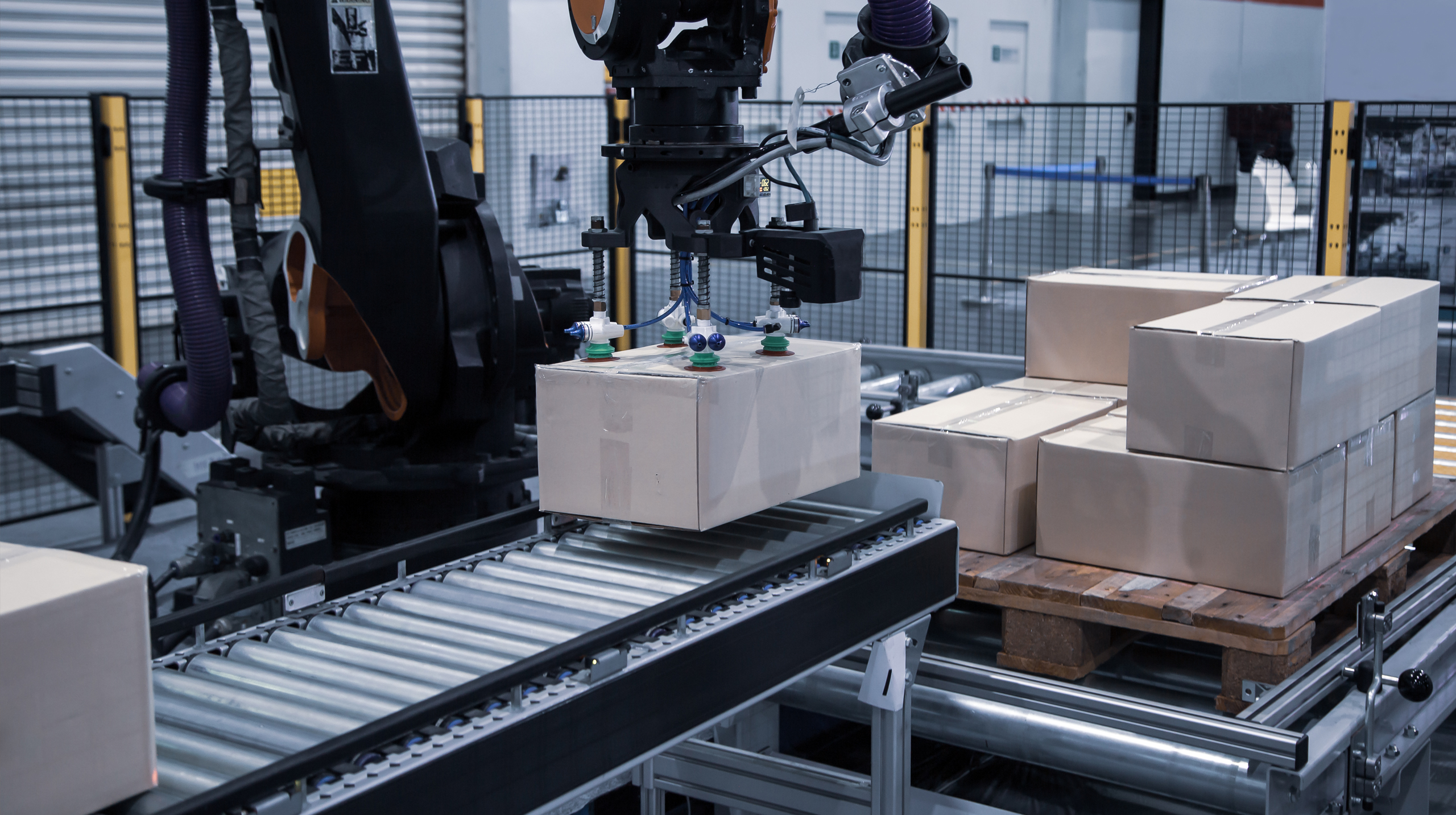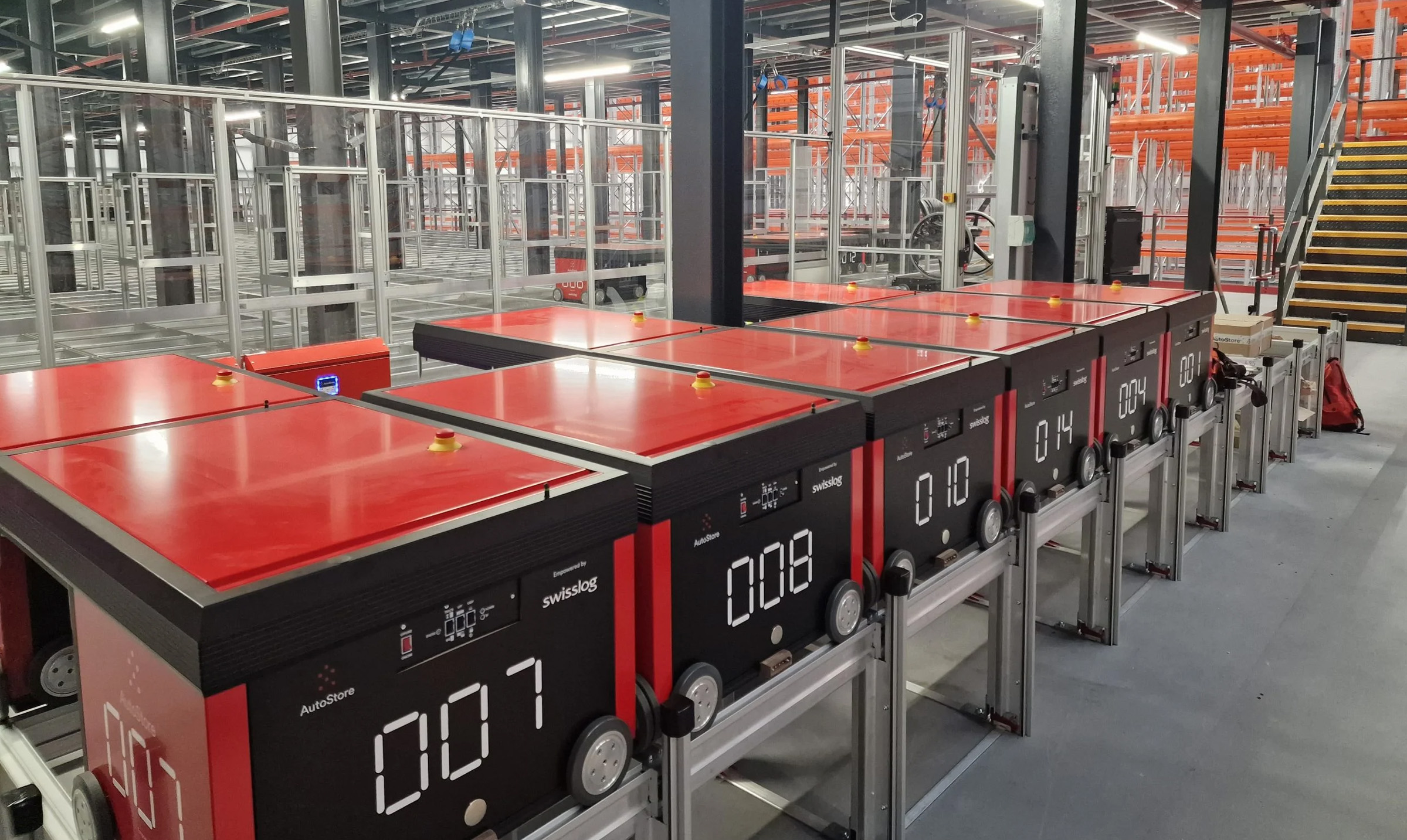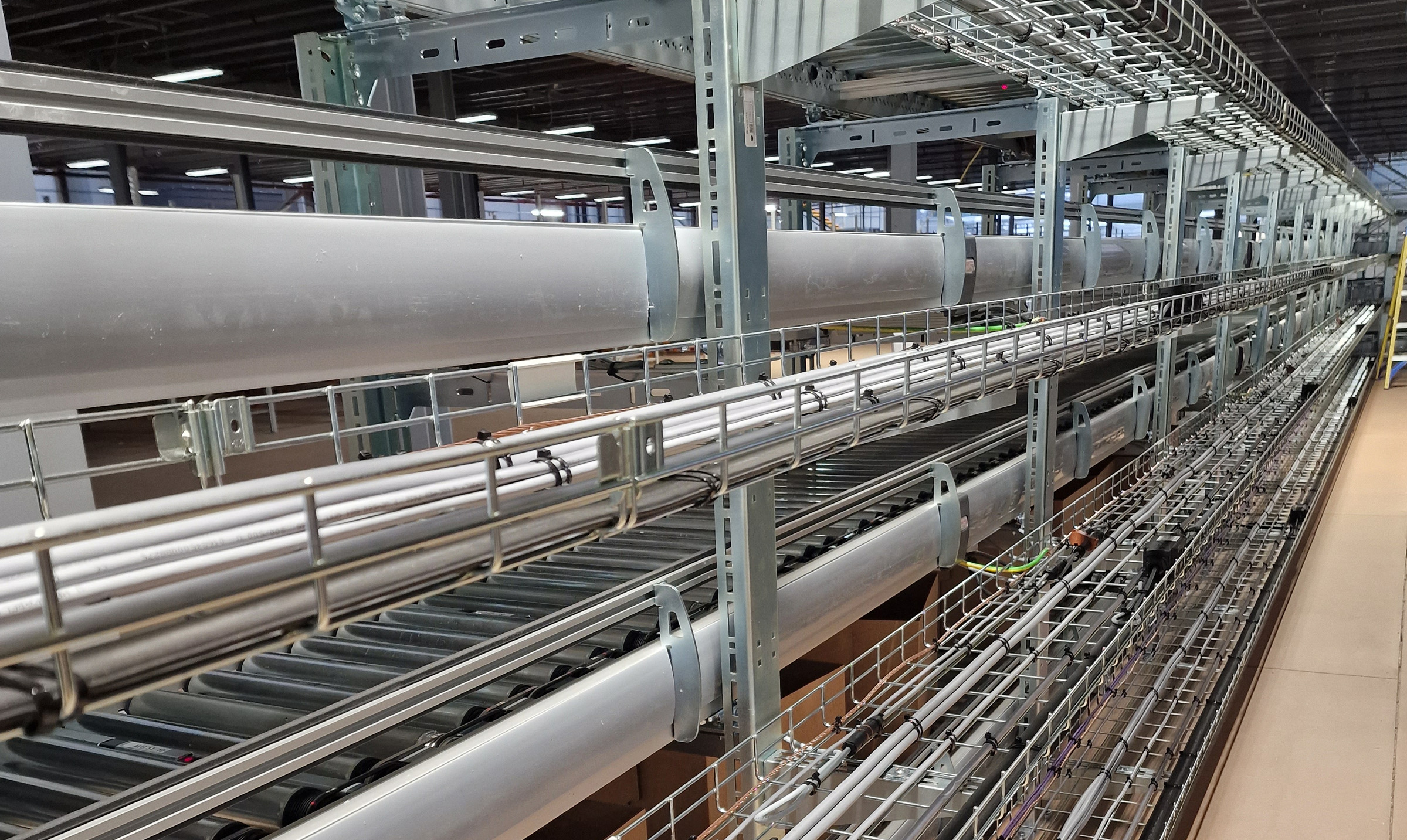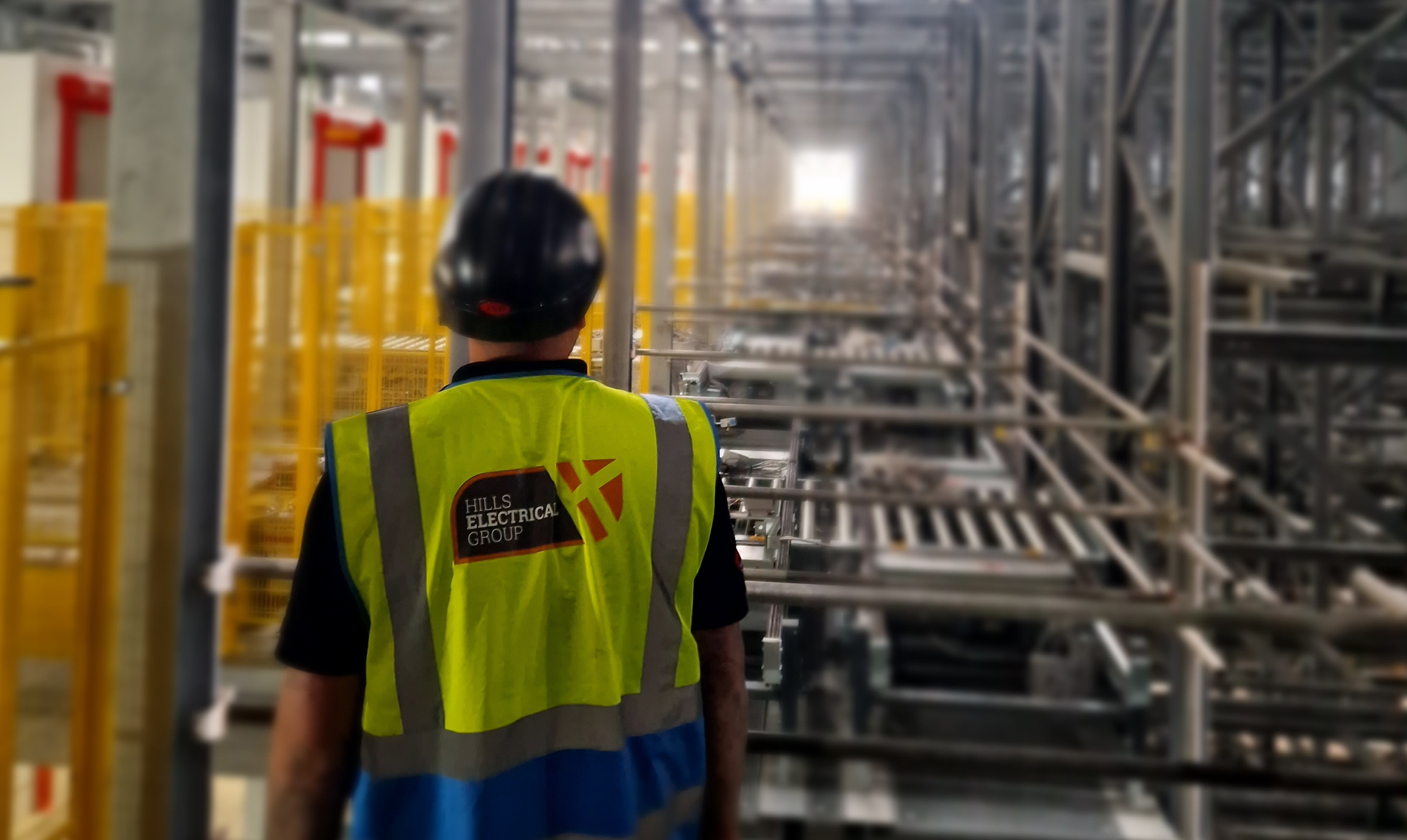DO YOU HAVE A NEW PROJECT?
Speak to a member of our team
Get in TouchFrom PLC control to advanced automation and assured safety features, discover how control panels within a complete solution will enhance your overall business operations.
Achieving seamless and efficient operational systems today requires controlled electrical signals and advanced automation technology.
Whether for the safety of general electrical controlled facilities or to advance productivity for a conveyor system design, one thing the most sophisticated manufacturing and production processes all have in common is a control panel.
Read on to learn the components and benefits of an electrical control panel before discovering why it can advance your operations.
An electrical control panel combines various electrical devices to power and control specific mechanical functions for machinery and equipment.
Control panels facilitate operations and safety through various electrical components by maintaining power, controlling production, and directing operations. The importance is utilised across various industries, with the UK splashing out £254.9 million on electrical control panels in 2018.
With storing, protecting, and controlling essential electronics, a control panel provides an integral element in automated manufacturing, operation, and production processes.
On the surface, control panels appear simple in their design and structure. Typically, they consist of two main components. Panel structure and electrical features:
The panel structure of an electrical control panel contains an enclosure and a back panel:
Enclosure
In most cases, a control panel enclosure is a metal container where the electrical components are stored and protected. These are built from aluminium or stainless steel to withstand any external interference or impact, especially if positioned outside.
The enclosure size depends on the number of electrical stores inside, with larger control panels built for industrial operations. Each enclosure requires a UL safety rating, IP rating and NEMA classification.
Various classifications such as indoor/outdoor use, waterproof/water resistance, dust/contaminants proofing, hazardous condition and explosion-proof ratings must be printed and shown clearly on the enclosure.
Back Panels
A back panel is included to provide structural support for the electrical components within the control panel. It allows a mounting structure for the electrical components with wiring ducts and DIN rail mounting.
With the outer structure explained, now it’s time to explore the electrical components inside the control panels:
Transformers
The purpose of a transformer is to increase or reduce AV voltages between the control panel circuits. A typical industrial control panel transformer should convert 480V to 120V and vice versa.
Power supply
The control panel power supply converts alternating current (AC) voltage to direct voltage (DV).
Circuit breaker
The circuit breaker in a control panel works as a disconnect to the electrical panel by protecting electrical circuits from damage by identifying excess power before opening or breaking the connection.
Terminal blocks
The terminal blocks inside the control panel work as connection points organising multiple wires. Custom terminal blocks can be designed to direct power from one source to various other electrical components inside the control panel.
Programmable Logic Controller (PLC)
So, if the control panel is the brain of your operations, the programmable logic controller (PLC) represents your brain’s ability to think and act accordingly. A PLC is a CPU contained inside the control panel to analyse and control various devices simultaneously.
The PLC operates machinery and equipment while monitoring the status of sensor inputs to control various outputs.
Network switches
Network switches connect the PLC with the assorted machinery and equipment on your conveyor system or production line.
Relays
A relay is a switch to break or open electrical currents following commands from the PLC. The purpose of a relay is to activate higher currents with lower currents by directing lower currents to flow through input circuits.
Contractors
Contractors are like relays but tend to operate larger capacities with higher currents, such as electric motors that require high-current loads.
Overload relay
The purpose of an overload relay is to protect higher-voltage electrical devices such as motors from overheating.
Fuses
The fuses within your control panel perform the simple safety duty of protecting circuits from overloaded currents.
Motor drives
Motor drives are installed specifically within your control panel to operate connected motors.
The ultimate advantage of a control panel is its overall ability to connect electrical devices, maintain power and keep operations safe.
But despite its over-arching advantages, let’s take a closer look at the specific benefits that make control panels integral to your industrial operations:
Through the interconnection of electrical features and the intelligence of PLC, optimal operating conditions are achieved with a control panel installation. This allows entire advanced automated conveyor systems to function seamlessly with robotics and separate machinery operating simultaneously.
Customisation capabilities
Electrical control panels can be custom designed and built to suit your specific operational requirements.
Reliable and safe
With self-assessment and data-driven capabilities, control panels can correctly assess separate machinery and feedback performance insights. Control panels not only improve operational performance but maintain safety too.
Energy efficient
By enabling processes to become more efficient, control panels naturally help operation systems to produce less energy, saving costs in the process.
A sophisticated conveyor system design is impossible without a control panel. Whether feeding back performance data to maintaining power and guaranteeing safety, control panels are an integral part of any successful manufacturing or production system.
The key to streamlining production lines and minimising downtime is to invest in a complete turnkey solution from a trusted provider.
At Hills Electrical Group, we keep forward-thinking businesses moving with innovative design and installation services across multiple electrical solutions, including control panel design, manufacturing and control panel installation services.
As control panel manufacturers, all our control panel assembly solutions come customised to integrate seamlessly within your desired conveyor system, suiting your specific requirements before being installed professionally by our experienced technicians.
So, if your business is ready to enhance operations, get in touch with us today.
In the meantime, don’t forget to follow us on LinkedIn for all the latest industry updates across control panels and conveyor systems.




Feel free to fill out our form below and a member of our team will be in touch.